TEM Switches

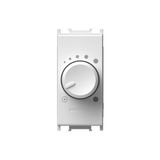
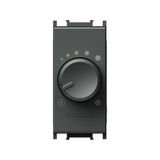
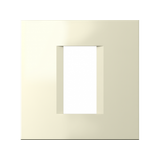

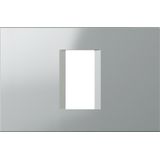



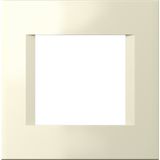

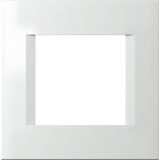

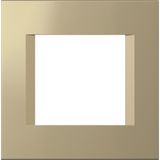
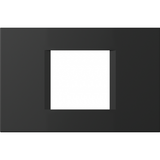
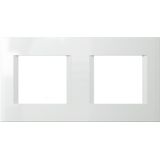
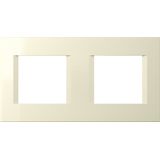
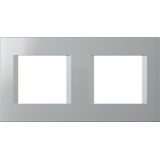



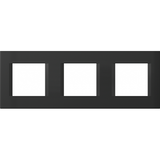
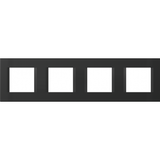
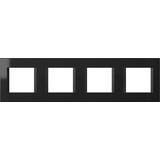
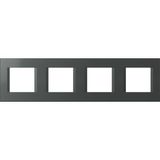


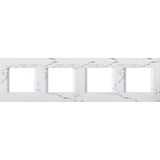
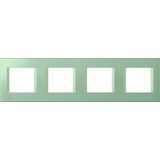

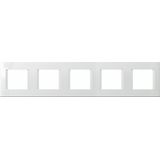

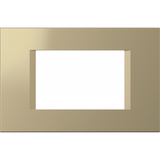
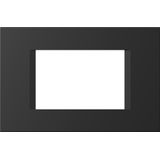
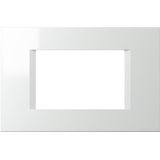
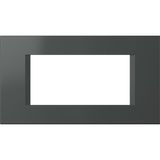

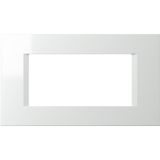


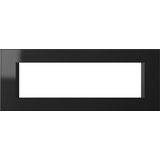


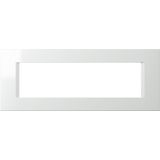



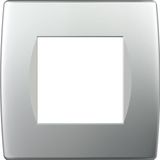
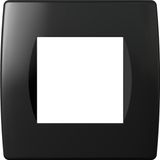
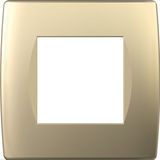

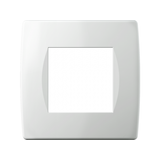
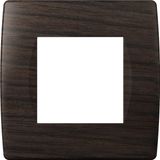
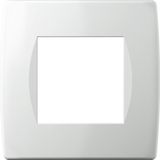
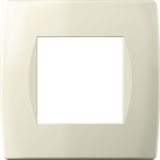

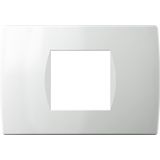
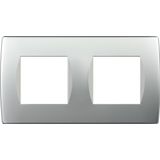
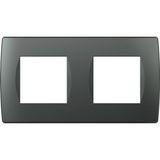
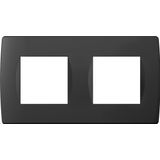
tem switches for commercial interiors
Specifiers standardise tem switches across floors to keep cut-outs, mounting centres, and terminal geometry identical. Typical ratings are 10 AX and 16 AX at 250 V AC for LED and fluorescent loads, with mechanical life >100 k cycles and electrical life sized to AC-15 duty where applicable. With interchangeable rockers and frames, tem switches let fit-out teams lock one footprint and vary only finish and function per room bundle.
tem modular switch mechanisms product range and frames
The platform covers 1-pole, 2-way, intermediate, momentary NO, and key-operated bodies, plus indicator and locator light options. Multi-gang frames in 1–5 modules follow 71 mm box spacing and 55/60 mm cover standards. Clips and retaining springs give repeatable clamp force so modules sit flush after servicing. Installers group tem modular switch mechanisms by rocker type and contact rating, and the same tem modular switch mechanisms drop into shallow or deep boxes without changing tooling.
tem wall switches installation and mounting details
Back boxes 40 mm deep handle basic mechanisms; dimmers and timers prefer 60 mm to preserve bend radius and heat paths. IP20 is standard indoors; IP44/IP54 is achievable with gasketed frames for bathrooms and corridors. Mounting screws land at 60 mm centres with anti-rotation tabs to keep alignment on gypsum. Crews write torque windows 0.5–0.8 Nm on the drawing so stacks of tem wall switches close consistently; pre-counted cartons of tem wall switches reduce night-shift rework.
tem designer switches materials and bezels
Fronts ship in hard-anodised aluminium, UV-stabilised PC, or glass-effect polymers; edges are micro-radiused to protect cable jackets during pull-through. Colour stability survives solvent wipe-downs in hotels and retail. For high-touch zones, matt textures hide fingerprints without dulling status LEDs. Where interior design is critical, tem designer switches keep the same mechanical language behind the bezel, so changing finishes later never touches wiring; procurement indexes tem designer switches by finish code and module count for clean handovers.
tem power switches current ratings and durability
Contact systems use AgNi or AgSnO₂ for inductive and LED driver loads, with 16 AX variants coping with inrush typical of electronic ballasts. Dielectric strength targets 2.5–3 kV; creepage and clearance are laid out for 250 V AC overvoltage category III. Mechanical latches resist shock from door slams and lift lobby vibration. Facilities teams mark tem power switches on schedules where fans, heaters, and small pumps sit on manual override; maintaining a common stock of tem power switches keeps fault response predictable.
tem lighting control switches functions and interfaces
Momentary types drive relays and central controllers; maintained versions suit direct circuits. Engraved legends or window labels tie to room IDs, and locator LEDs aid dark-room operation without glare. For controls, bell-press contacts give clean 4–20 mA or 0–10 V handoff when used as dry inputs. In open offices, tem lighting control switches combine scene recall with multi-gang frames for blinds and occupancy enable; hotel packs use the same tem lighting control switches footprint for corridor and bedside layouts.
tem electrical switches wiring and safety parameters
Screw or push-in terminals accept 1.5…2.5 mm² Cu; strip window 10–12 mm; pull-out ≥60 N on ferruled fine-strand. Materials meet 650–850 °C glow-wire at hot points; insulating parts are rated 90–110 °C. Standard ingress is IP20, with optional gaskets to IP44/IP54; impact to IK05 is typical on polymer fronts. EMC notes apply to electronic variants per IEC 60669-2-1; mechanical types align with IEC 60669-1. Label carriers on tem electrical switches remain legible after solvent wipe-downs, and maintenance crews stock tem electrical switches by current class and terminal style.
Selection criteria for B2B buyers
Fix circuit type first: direct switched load vs relay or controller input. Choose contact class 10 AX for purely resistive, 16 AX for mixed LED/inductive. Lock module count and frame pitch by room type; confirm back-box depth on drawings. Map environment and sealing target; specify gasket kits for wet zones. Standardise terminal style across floors; document torque, strip window, and ferrule sizes so acceptance tests are unambiguous.
Applications and compatibility
Apartments and hotels run locator-LED momentaries to central relays; offices favour multi-gang frames combining scenes and blinds; plant rooms keep maintained toggles for overrides with clear legends. Frames, glands, and terminal strips share metric M16/M20/M25 entries; conductor colours and marker fonts match panel standards so fault tracing is fast. Switch footprints align with the brand’s sockets and media outlets, keeping bezel planes and cut-out geometry identical between rooms.
Advantages of working with Bankoflamps
We plan procurement to installation phases. Quotes with EAN and MPN land in about an hour, and live EU stock is visible before crews are booked. Your portal shows lead times, shipment status, and downloadable price lists with validity windows that hold budgets. Trusted accounts use post-payment up to 30 days. We consolidate per room bundle so frames, mechanisms, gaskets, and labels arrive together, and a dedicated manager cross-checks pitch, module count, contact ratings, terminal style, and sealing kits against your drawings—keeping deliveries site-ready across France, the Baltics, Germany, Spain, Italy, Belgium, and the Netherlands.